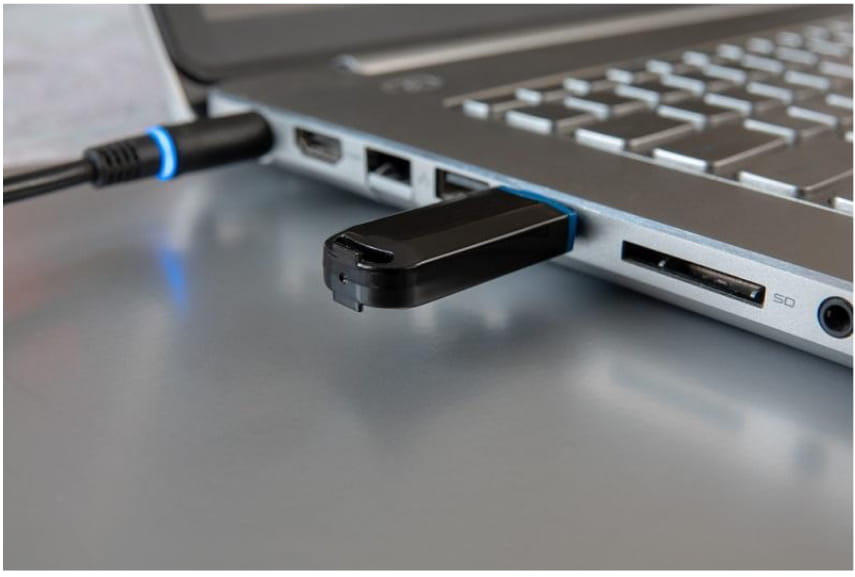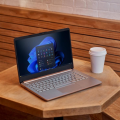
There is a good chance that every USB port on your recently purchased desktop or laptop is USB 3.0. The world is gradually embracing USB 3.0 as the new standard for technology since it is far faster and more dependable. However, if every USB port on your computer is 3.0, you may encounter serious incompatibilities when using older devices that are limited to USB 2.0.
The majority of the challenges come from attempting to connect an outdated printer to a USB 3.0 port. The error messages “USB Composite Device can not work properly with USB 3.0” and “USB Composite Device is an older USB device and might not work in USB 3” are frequently encountered when this problem occurs. It is unlikely that connecting your outdated USB 2.0 printer to a USB 3.0 port will function as intended. After installing a Windows 10 update, some users have even claimed that their USB 2.0 printers have stopped functioning.
It is impossible to say for sure if this was done on purpose, but USB 2.0 is unquestionably losing favor globally. However, hold off on tossing your printer out the window too soon. Try these few methods to get your USB 2.0 printer to work with a USB 3.0 port before you give up on the inevitable future.
Method 1: Update USB Composite Device Driver
One of the primary reasons for compatibility problems between USB composite devices and USB 3.0 ports is outdated or incompatible drivers. To fix this issue and for the latest USB 3.0 Driver Download please follow these steps:
1. Press Win + X and select Device Manager from the context menu.
2. Expand the Universal Serial Bus controllers category.
3. Locate the USB Composite Device and right-click it.
4. Choose Update driver from the drop-down menu.
5. Select the option to automatically search for updated drivers online.
6. If a new driver is found, follow the on-screen instructions to install it.
7. After the installation is complete, restart your computer and check if the USB composite device is working properly with USB 3.0.
Method 2: Disable USB Selective Suspend Setting
USB Selective Suspend is a power-saving feature in Windows that can cause issues with USB composite devices. To disable this setting, follow these steps:
1. Press Win + X and select Power Options.
2. Click on the Change Plan settings link next to your current power plan.
3. Select the link labeled “Change advanced power settings.”
4. In the Power Options dialog box, expand USB settings.
5. Locate and select Disabled under the USB Selective Suspend setting.
6. Click OK to save the changes.
Method 3: Disable USB Power Management
Another power-related setting that can affect USB composite devices is USB Power Management. Disabling this feature might solve the USB 3.0 compatibility problem:
1. Press Win + X and select Device Manager.
2. Expand Universal Serial Bus controllers.
3. Right-click on each USB Root hub and select Properties.
4. Select the Power Management tab in the Properties window.
5. Uncheck the Allow the computer to turn off this device to save power option.
6. Repeat the steps for each USB Root Hub.
7. Restart your computer and check if the USB composite device works properly with USB 3.0.
Method 4: Roll Back USB Root Hub Driver
If you recently updated the USB Root Hub driver and started experiencing issues with USB composite devices, you can try rolling back the driver to a previous version. Here’s how:
1. Press Win + X and select Device Manager.
2. Expand Universal Serial Bus controllers.
3. To access Properties, right-click on every USB Root Hub.
4. Go to the Driver tab and click on the Roll Back Driver button if it’s available.
5. Follow the on-screen instructions to roll back the driver.
6. Restart your computer and check if the USB composite device works properly with USB 3.0.
Method 5: Install the Latest Windows Updates:
Sometimes, Windows updates can include bug fixes and compatibility enhancements for USB devices. It is essential to keep your operating system up to date to ensure optimal device performance. Here’s how to check for updates:
- Press the Windows key and search for Windows Update.
- Click on Check for updates.
- If updates are available, follow the on-screen instructions to download and install them.
- Once the updates are installed, restart your computer.
Method 6: Try a Different USB Port:
If none of the above methods work, it is worth trying to connect your USB composite device to a different USB 3.0 port on your computer. Sometimes, specific ports can have compatibility issues, while others might work perfectly fine. If possible, try connecting the device to a computer with a different USB 3.0 port to see if it functions correctly.
USB Composite Device Can’t Work Properly with USB 3.0 Error: Fixed
Encountering issues when connecting a USB composite device to a USB 3.0 port can be frustrating, but there are various methods to resolve this problem. By following these methods, you can troubleshoot and fix the issue, ensuring your USB composite device works properly with USB 3.0.






